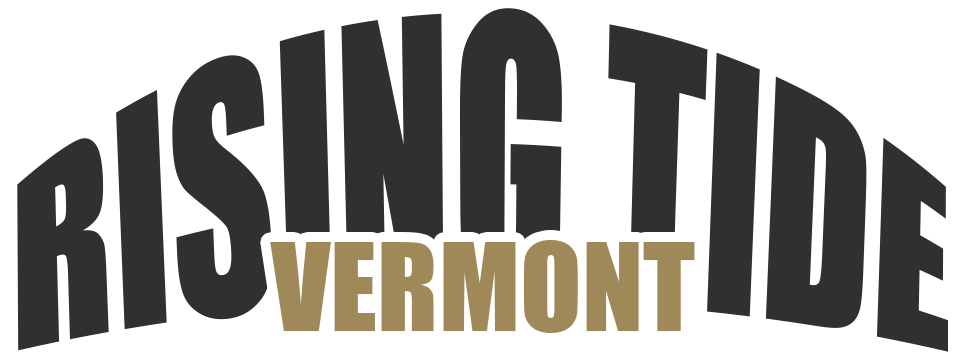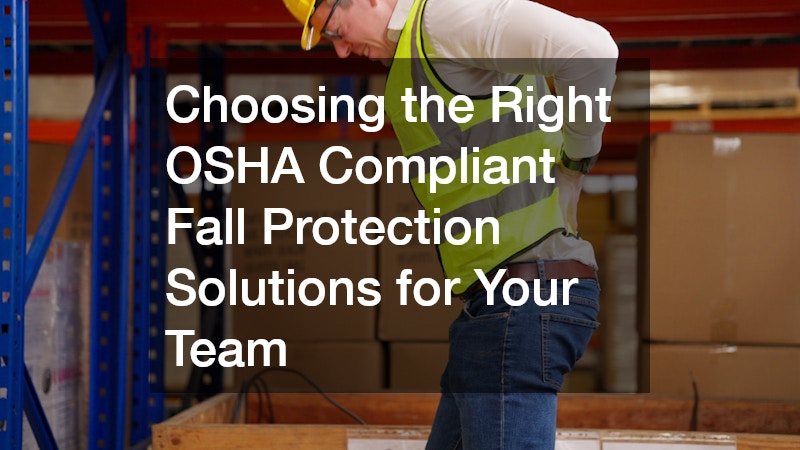Workplace safety is a critical concern for any organization, especially in industries where employees are exposed to heights or elevated work environments. Falls remain one of the leading causes of workplace injuries and fatalities, making it essential for employers to invest in effective fall protection measures. Choosing the right OSHA compliant fall protection solutions ensures not only legal compliance but also the well-being of your team. In this article, we’ll explore key factors in selecting the most appropriate solutions for your workplace.
Understanding OSHA Standards for Fall Protection
The Occupational Safety and Health Administration (OSHA) sets strict regulations to prevent falls in the workplace. These standards apply to construction, manufacturing, maintenance, and any industry where employees work at heights of six feet or more.
OSHA requires that employers provide fall protection systems, such as guardrails, safety nets, and personal fall arrest systems, to minimize risk.
By choosing OSHA compliant fall protection solutions, businesses can ensure that their safety measures meet federal requirements. Compliance not only protects workers but also shields organizations from potential fines, legal liabilities, and insurance issues. Understanding the specific OSHA standards that apply to your work environment is the first step in selecting the right protection system.
Assessing Workplace Risks and Needs
Every workplace is unique, and fall protection solutions should be tailored to address specific hazards. Conducting a thorough risk assessment helps identify areas where falls are most likely to occur and determines which type of fall protection is necessary. For example, employees working on scaffolding may require personal fall arrest systems, while those on elevated platforms could benefit from guardrails or safety nets.
Choosing OSHA compliant fall protection solutions begins with a detailed evaluation of the worksite. Consider factors such as the height of work areas, the frequency of tasks performed at elevation, and the mobility requirements of employees. Customizing fall protection measures to the specific needs of your team enhances both safety and efficiency.
Selecting the Right Equipment
Once risks have been assessed, the next step is choosing the appropriate equipment. OSHA compliant fall protection solutions include a range of options, from harnesses and lanyards to anchor points and lifelines. High-quality equipment should meet industry standards for durability, strength, and ease of use.
It is important to select equipment that fits the specific tasks employees perform. For instance, harnesses should provide proper support without restricting movement, and anchor points should be rated to handle the maximum potential load. Regular inspections and maintenance are also essential to ensure that equipment remains reliable over time. Investing in the right tools not only protects workers but also boosts confidence and productivity on the job.
Training and Employee Engagement
Even the best fall protection equipment is only effective if employees know how to use it correctly. Comprehensive training is a vital component of any OSHA compliant fall protection solution program. Workers should be trained on proper usage, inspection procedures, and emergency response in the event of a fall.
Engaging employees in safety initiatives fosters a culture of accountability and awareness. When team members understand the importance of OSHA compliant fall protection solutions and feel confident in their use, the likelihood of accidents decreases significantly. Regular refresher courses and hands-on demonstrations can reinforce safe practices and ensure ongoing compliance.
Maintaining Compliance and Continuous Improvement
Workplace safety is not a one-time effort; it requires ongoing monitoring and improvement. OSHA compliant fall protection solutions should be regularly reviewed to ensure they remain effective and meet evolving standards. This includes inspecting equipment, updating safety protocols, and addressing any new hazards that arise as the work environment changes.
Employers should also encourage feedback from employees regarding the effectiveness of fall protection measures. Continuous improvement ensures that the safety program adapts to real-world conditions, providing reliable protection while maintaining operational efficiency. By staying proactive, organizations demonstrate a genuine commitment to workplace safety and compliance.
Falls in the workplace can have severe consequences, making it essential to implement reliable and effective fall protection measures. Choosing OSHA compliant fall protection solutions involves understanding regulations, assessing workplace risks, selecting the right equipment, providing comprehensive training, and committing to continuous improvement. By taking a strategic approach, employers can protect their employees, maintain regulatory compliance, and foster a safety-conscious work culture. Investing in the right fall protection solutions is not just about meeting legal requirements—it’s about safeguarding the most valuable asset of any organization: its people.










